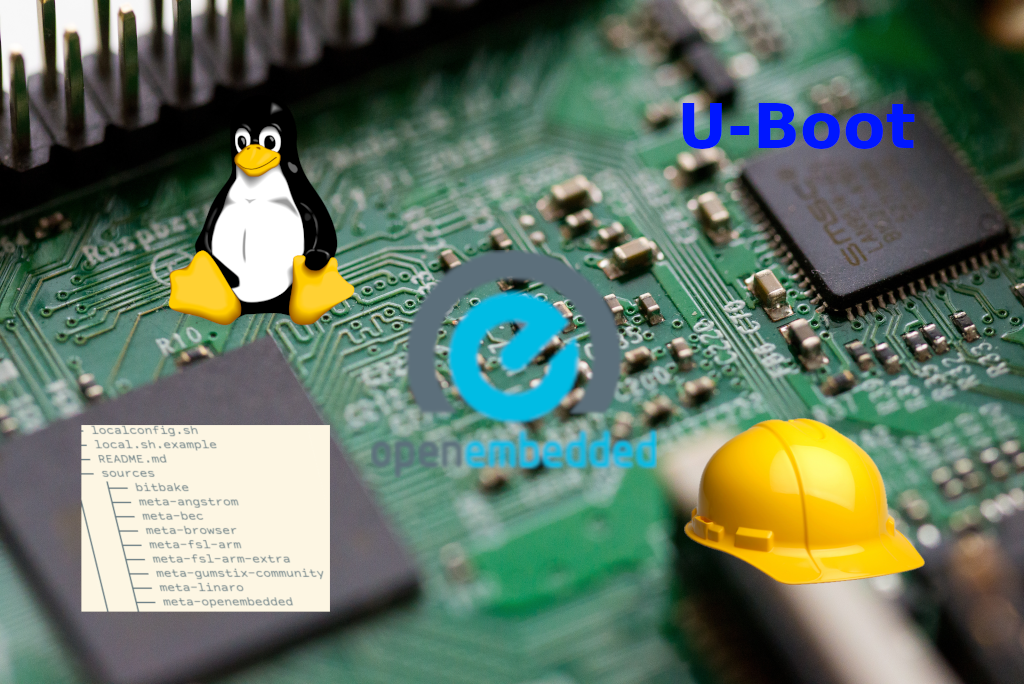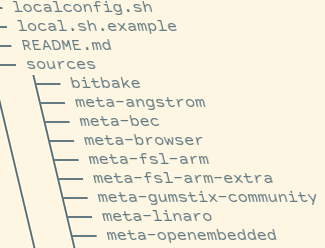Accepting Constraints in Build Systems
As Embedded Systems become more complex, the complexity of the process to build the software for these systems also increases. As humans, our ability to deal with complexity is limited, so we develop tools and processes to manage the complexity. In the end, these tools and processes are about constraints and patterns. A well-designed tool or process encourages you to do things in a way that is consistent and maintainable, which leads to reliable and predictable results.





